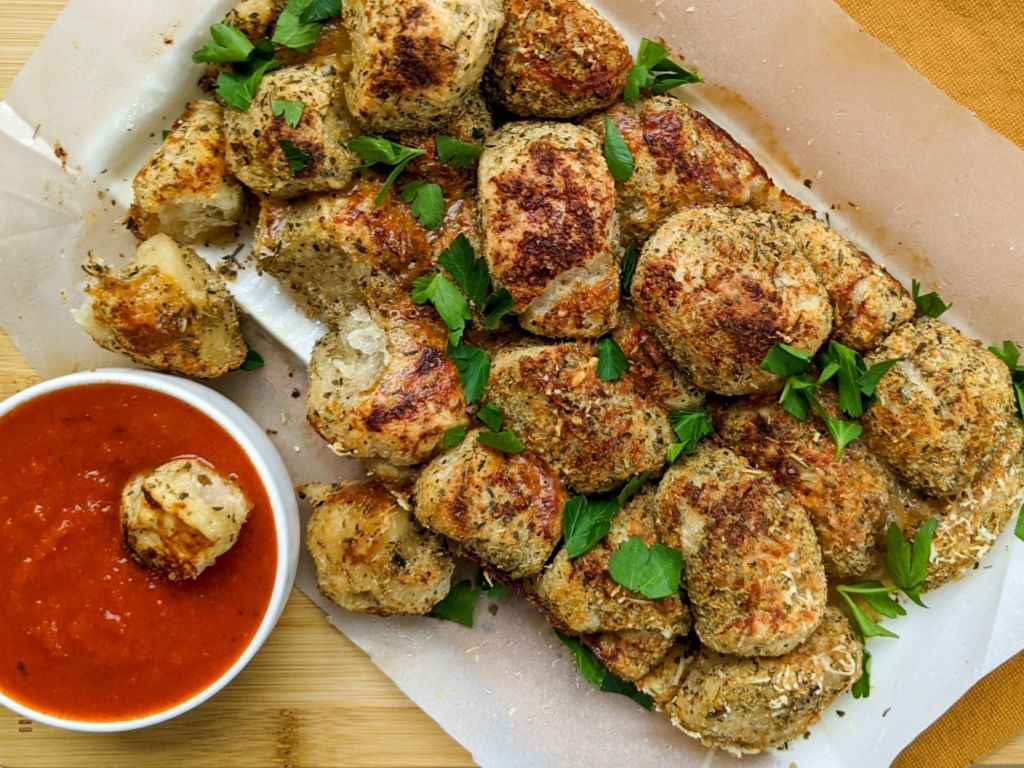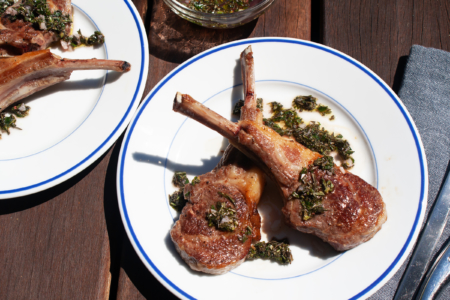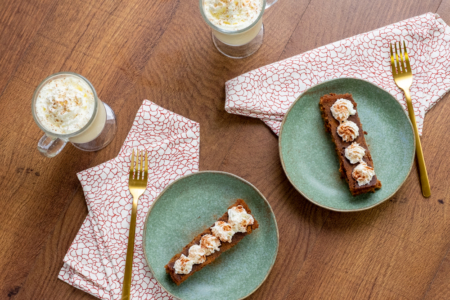Fragrant, pungent, and multi-flavored, ajwain seeds are packed with aromas reminiscent of cumin, oregano, thyme, and star anise. It’s widely used in Indian and Pakistani cuisine and is adored by locals due to its unique fragrance.
What is Ajwain?
Ajwain, also known as carom seeds, is a seed-like fruit belonging to the family Apiaceae. It’s the same family to which cumin, dill, fennel, parsley, and coriander belong. Although ajwain looks to many like a seed, it’s actually the fruit of an annual shrub known as Trachyspermum ammi. The plant produces several tiny, brown-colored fruits with a hard texture and appearance similar to fennel and cumin seeds.

Origin of Ajwain
The ajwain plant is thought to have originated in Persia (Iran) or perhaps Egypt. However, today it’s majorly grown and used in India, the Middle East, and North Africa. Ajwain is commonly used as a spice and has been used in traditional medicine for centuries. It is sold as seeds as well as in powder form and can be easily found in the Asian spice section of your grocery store or online.
What does Ajwain taste like?
Ajwain tastes similar to thyme or oregano but is more aromatic and pungent. It is usually used to add stronger flavor to dishes like curries and fried food. Raw ajwain gives off a strong, bitter, and peppery flavor when chewed, however, in cooked form, its flavor gets more subtle and nuanced.
How to use Ajwain Seeds in cooking?
Since ajwain imparts a sharp flavor to dishes, it is used in very small quantities. Around South Asia, ajwain is used with a method called Tarka, or tempering, in which whole spices are lightly fried in butter or desi ghee until fragrant. The tempered spices along with grease are then topped over curries and dal as a final touch. Ajwain along with cumin seeds, bay leaves, and sliced onions can be tempered in butter and topped over our recipes for Butternut Squash Curry, Chana Masala, and Red Lentil Daal for a flavor-packed punch and appetizing aroma.

Ajwain is used as an essential ingredient in the dough for samosas and sometimes incorporated into roti, puri, or parathas as well. It can also be sprinkled over biscuits or bread while baking. Try sprinkling a quarter teaspoon of roasted ajwain seeds over our Garlic Parmesan Monkey Bread right before baking for a unique flavor. Besides, ajwain pairs well with gram flour and is hence a popular spice for pakoras and also used as a battering ingredient for fried seafood, drumsticks, and onion rings.

Ajwain is added to chutneys, sauces, pickles, and jams especially in the middle eastern countries. You can use ajwain in any recipe that calls for thyme but make sure to cut the quantity to half while using ajwain as it can easily overpower other ingredients in any dish.
Feature Image: Dean Lewis from Pixabay




I just tried 1/8 teaspoon of organic Carom seed. Taste just like kerosene smells . Aghg!!
Common recipes don’t mention ajwain.
Glad to find more info here. Bcz I bloat.
“Cooking” with ajwain slows me down in the kitchen. I like that!